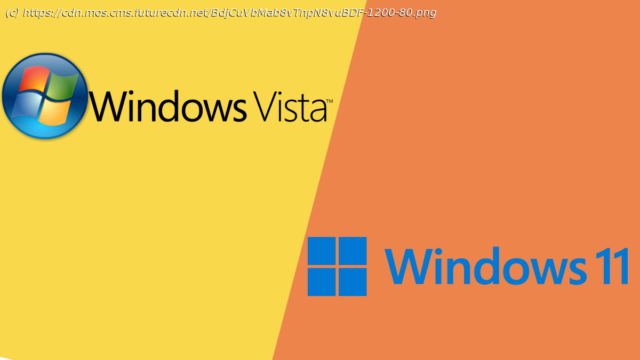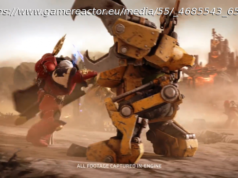As more features of Windows 11 are shown, a lot of it looks like a repeat of Vista.
Amongst the many features of Microsoft’s Windows 11 is its new look, which has largely been received well by the Windows community. However users have been confused about the system requirements of the upgrade, alongside other aspects of which Microsoft haven’t rectified as yet. There’s an old myth that says – as with Star Trek films – you can tell the quality of a good Windows update by whether it falls on an odd or even number. Both Windows 8 and Star Trek V: The Final Frontier both weren’t received well, but Windows 7 and Star Trek VIII: First Contact were received well – and it’s a dilemma that’s lasted for years. However, it looks as though Microsoft wants to bring back Windows Vista for a new audience, and it seems like it could be on the right track, as long as communication with users is clear. If you were following news of Windows almost twenty years ago, there’s a good chance you would have heard about Longhorn. This was the sequel to Windows XP, released in 2001, which would bring a whole load of next-generation features, such as: However, development was reset in 2005, with many features, including WinFS, scrapped. What we got was unfortunately a bloated release in late 2006 in the form of Windows Vista, with widgets (called Gadgets in Vista) that were barely useful for the desktop, with a huge installation size for its time as well as an Aero interface that demanded a lot from many graphics cards than what was needed – and that’s not even the whole list of complaints.






